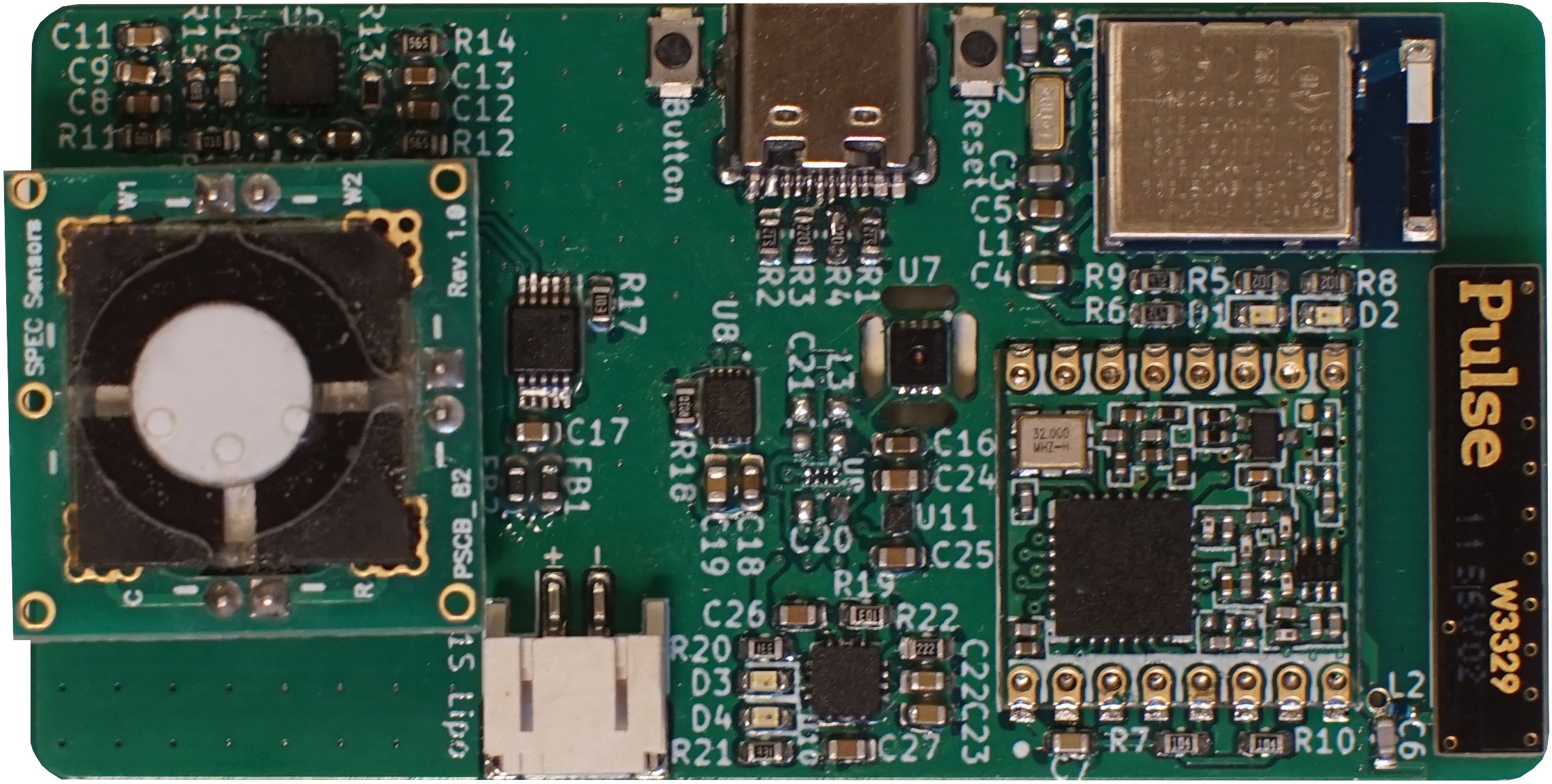Nitrogen dioxide (NO2) is a reddish-brown, toxic gas with a pungent, chlorine-like odour (Wikipedia). This gas is released during the combustion of fossil fuels, among other things, and is emitted in city centres by diesel engines in particular. The high concentration of nitrogen oxides in general is also the main reason for the diesel driving bans in certain city centres in germany. All major cities have one or a few official measuring stations to monitor air quality. However, these are stationary and very expensive. They therefore only provide limited information about how high the NO2 pollution at locations that are not directly next to the measuring station. One reason for this is that nitrogen dioxide is heavier than air. As a result, the concentration near the ground is higher than at the height of over three meters, where measurements are usually taken. Additionally, the concentration near busy roads is significantly higher than that in traffic-calmed areas. (siehe Umweltbundesamt)
To get a precise picture of how nitrogen dioxide pollution is distributed across the city and how NO2 concentration on our own doorstep, we came up with the idea of building our own low-cost, portable sensors. These sensors measure the nitrogen dioxide concentration in the air in ug/m3as well as temperature and air pressure. The latter are there to digitally compensate for weather-dependent deviations. The data is then either transmitted to the mobile phone via Bluetooth or sent directly to a server via "The Things Network" using LoRa. There is also a USB-C interface, a lipo battery controller and a voltage regulator on the circuit board.
What is used here is a NO2 Spec brand sensor, which is controlled via an OP amp circuit and read out using a 16-bit ADC. A module based on the nRF42840 is used as the controller and for the Bluetooth connection. The LoRa connection is provided by an RFM95W module.
This project was developed in collaboration with Scholz&Volkmer .

